Too often we equate innovation with technology, but true innovation can come in any form. Today I spent an exhilarating day exploring the narrow twisting streets and winding staircases of Gamcheon Culture Village in Busan, South Korea’s second largest city.
What began as a peaceful hillside village overlooking the Busan port became a shanty town of refugees during the Korean war, when thousands fled to the relative safety of Busan. While a religious group transformed the initial scrap housing into concrete dwellings, the area remained in poverty compared with booming Busan until 2009, when the Ministry of Culture, Sports, and Tourism decided on a truly innovative approach to reinvigorate the area.
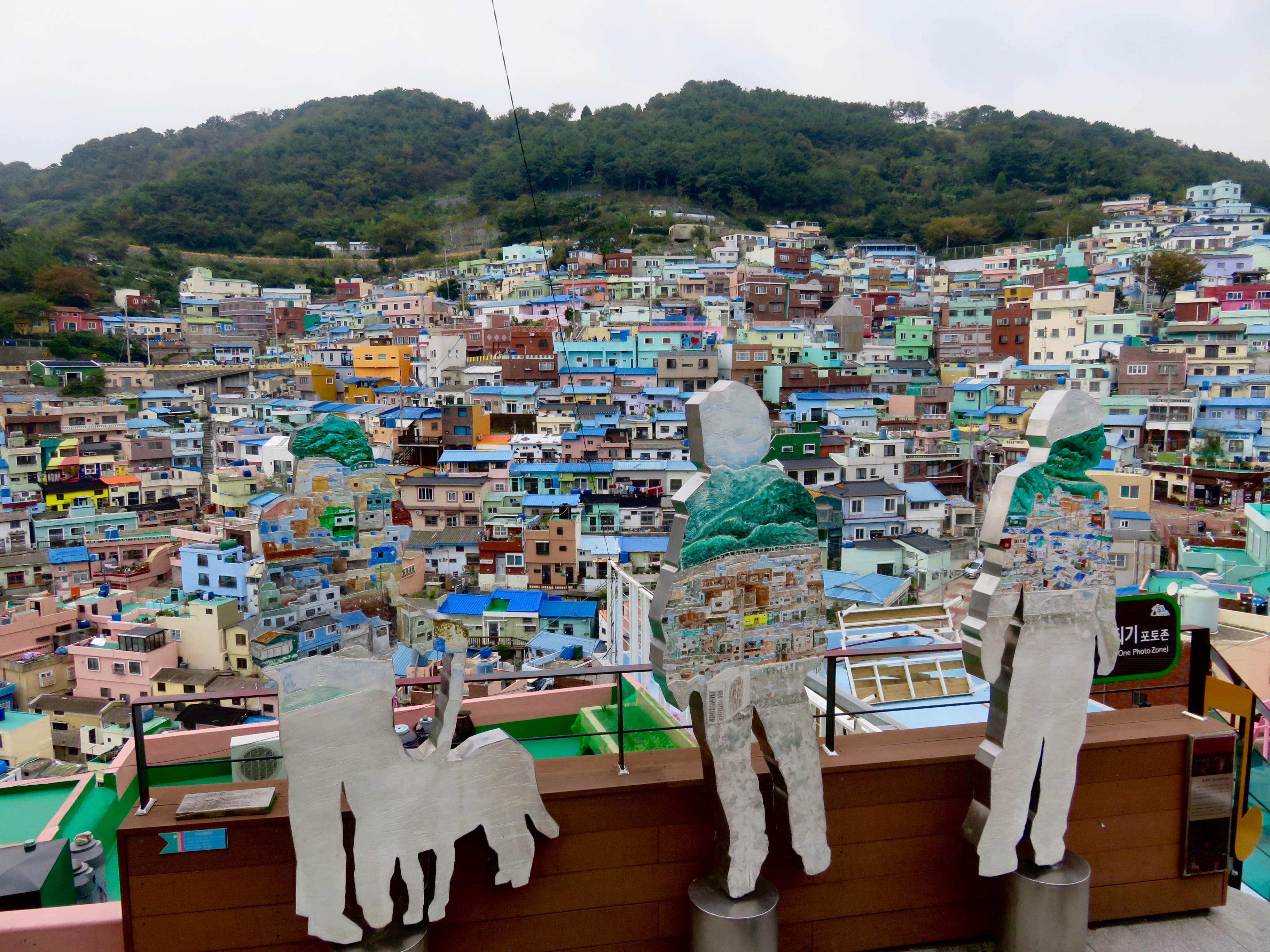
The project was called ‘Dreaming of Machu Picchu’ (Gamcheon’s mountainside homes have earned it comparisons with the landscaping of Machu Picchu). Artists were brought in to paint murals and install 10 artworks nestled within the village paths. This art collection swelled by another 12 works in 2010 through the ‘Miro Miro’ project (miro meaning maze). The area is now a wonderful exploratory art playground, drawing tourists and awards in equal measure.
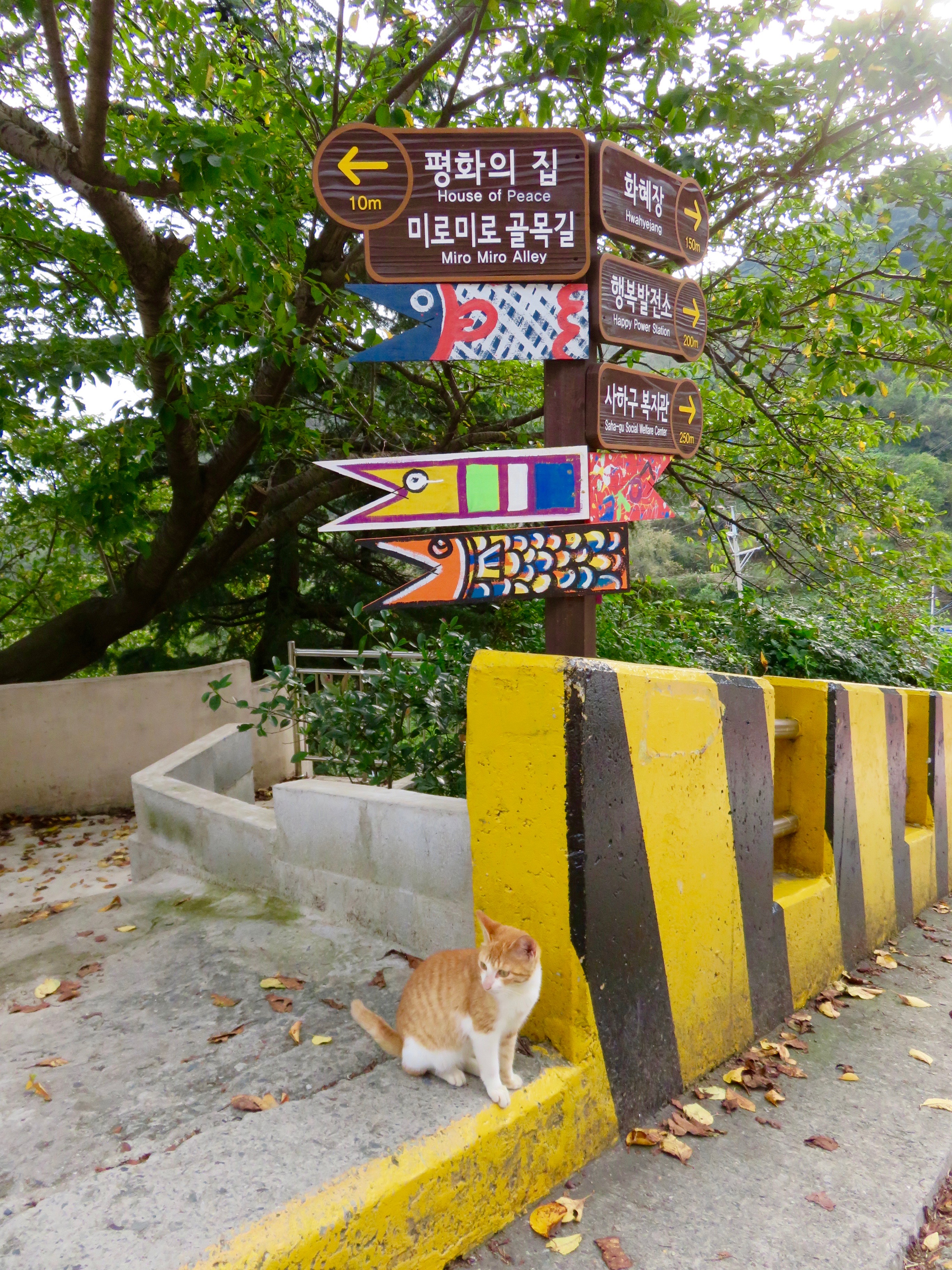
The artworks themselves reflect an elegant combination of cultural heritage and modern experimentation that I have observed and loved within South Korea. They range from brightly coloured murals on the walls, to architectural structures like the peaceful ‘Tower of Pleasing Loneliness’ by Seung Hyo-sang, to interior experiences like the intense ‘House of Darkness’ by Son Mongju and the ethereal ‘House of Wind’ by Park Taehong. Guiding visitors along the walls are schools of wooden signs, sometimes coalescing into gigantic sea murals.

Busan was not the first city to recognise the power of art for civic rejuvenation. One of my favourite cities in the world (and also home to my current university – Deusto Business School) is the Basque city of Bilbao, in Spain. A bustling port town, Bilbao saw its fortunes fall with the decline of the shipping industry and chose cultural tourism as the industry to steer it back to posterity. The city brought in the world’s most renowned architects – Frank Gehry, Norman Foster, Santiago Calatrava – to design new buildings and infrastructure. The result is a city where visual delights meet you around every corner, and the amazing spectacle of Gehry’s warped metal Guggenheim Museum draws in countless tourists each year.
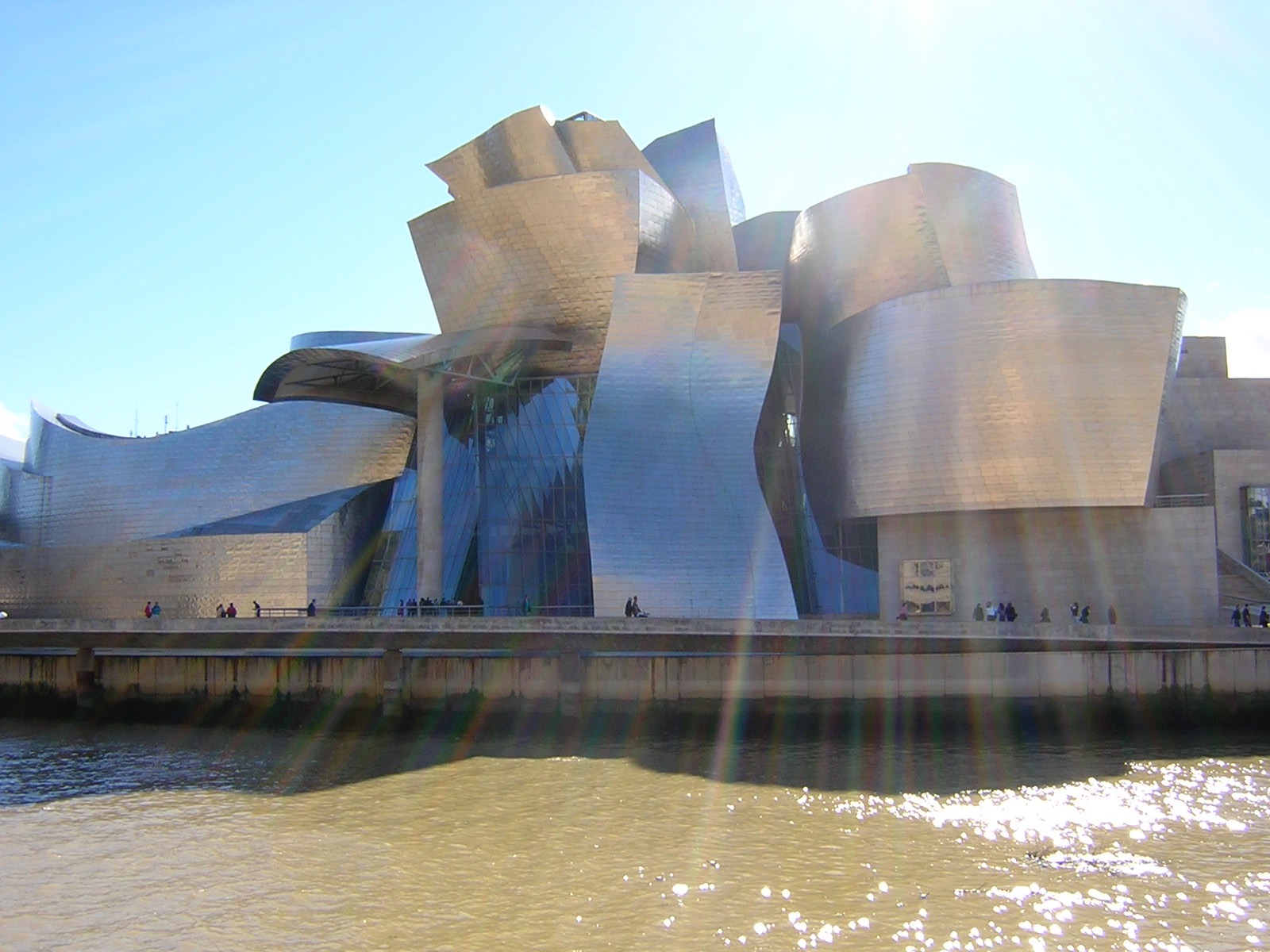
It would not surprise me to find that the Busan government was well aware of Bilbao’s story, as my interviews have exposed a trend of the Korean government looking for inspiration from across the globe for their innovation programs. For example, sources have told me how the government learned from Britain that immigrants set up a surprising proportion of new businesses, bringing 8 million jobs into the country – this information is driving new immigration and visa policies in Korea, a country desperate for new jobs. And one of the main startup support programs – TIPS – looked to Israel for its model of identifying startups for the program through a community of investors.
It is refreshing to see a country so willing to look for ideas from difference sources (especially being willing to look beyond Silicon Valley), and so happy to embrace different types of innovation. It seems there is a certain sense of pragmatism and a willingness to try other people’s ideas that many other governments are lacking. I have always felt that the root of innovation is in diversity and the ability to assimilate different schools of thinking and marry disparate ideas. We need to be willing to look elsewhere, both in geography and in sector. The examples of Busan and Bilbao show the power of art as a force for change. Technology is not the only source of innovation.
Artworks from Gamcheon Culture Village


 Murals and wall art
Murals and wall art

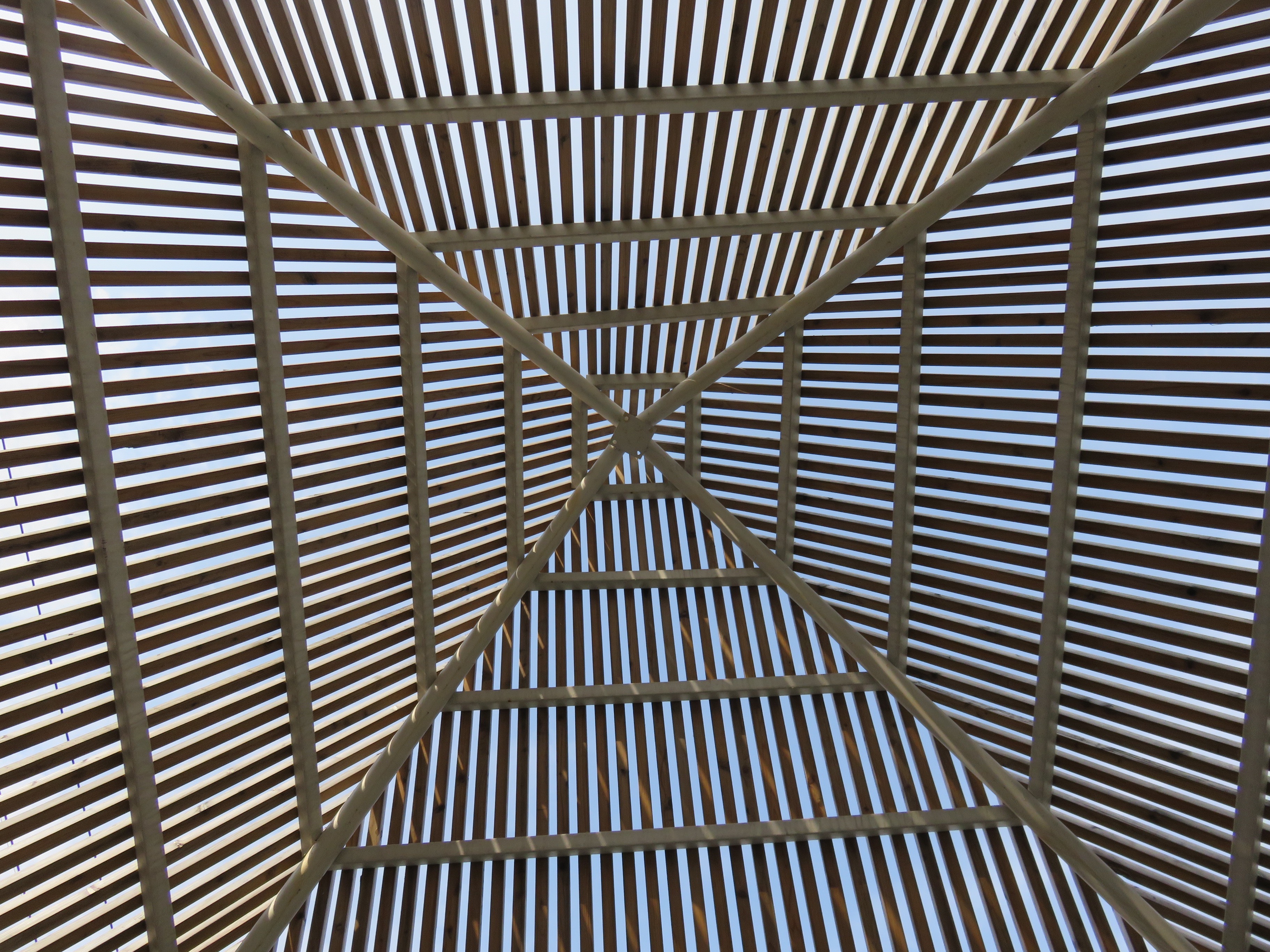 *‘Tower of Pleasing Loneliness’ by Seung Hyo-sang
*‘Tower of Pleasing Loneliness’ by Seung Hyo-sang
 ‘House of Darkness’ by Son Mongju
‘House of Darkness’ by Son Mongju
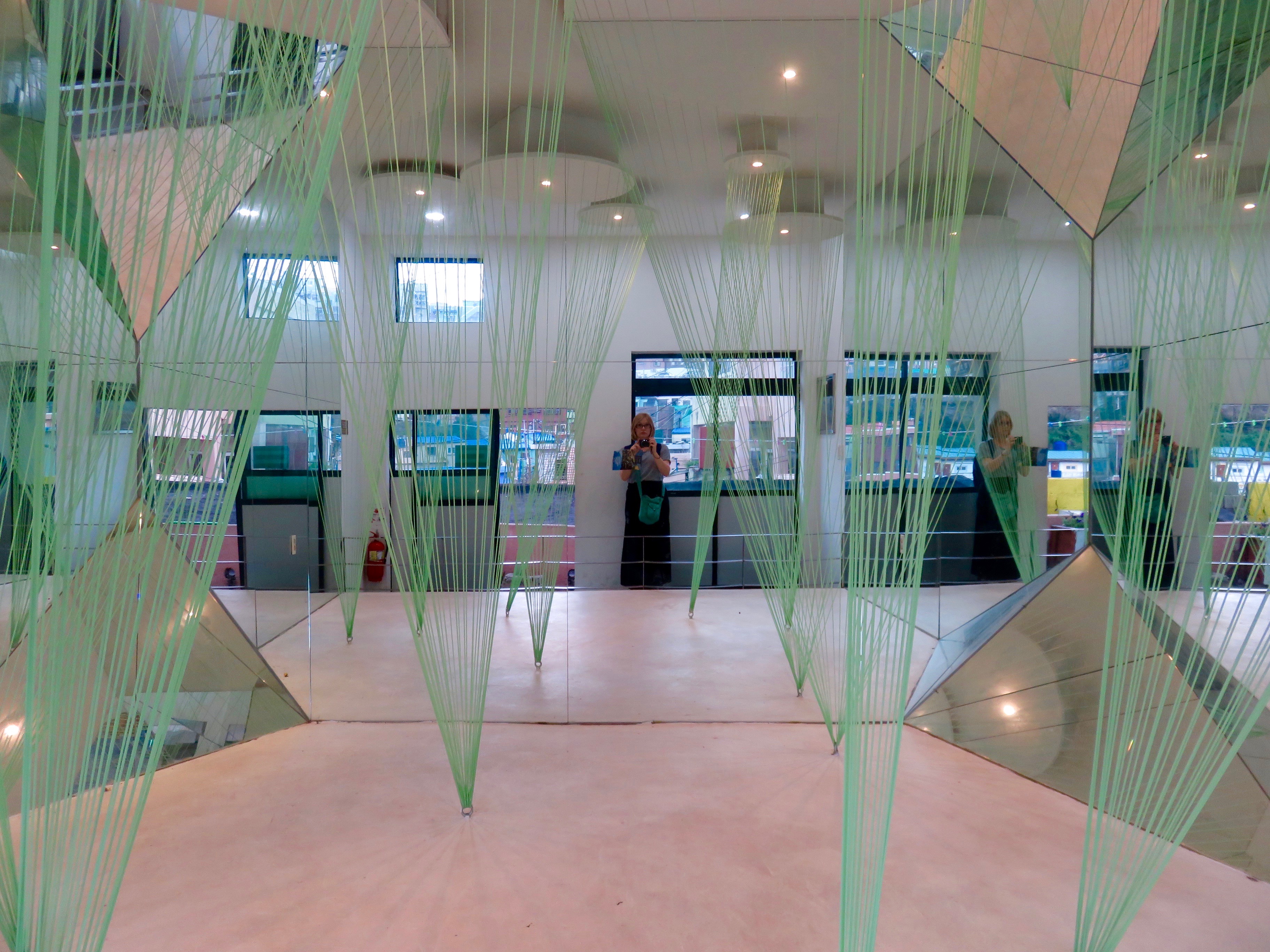 ‘House of Wind’ by Park Taehong (also featuring the author)
‘House of Wind’ by Park Taehong (also featuring the author)
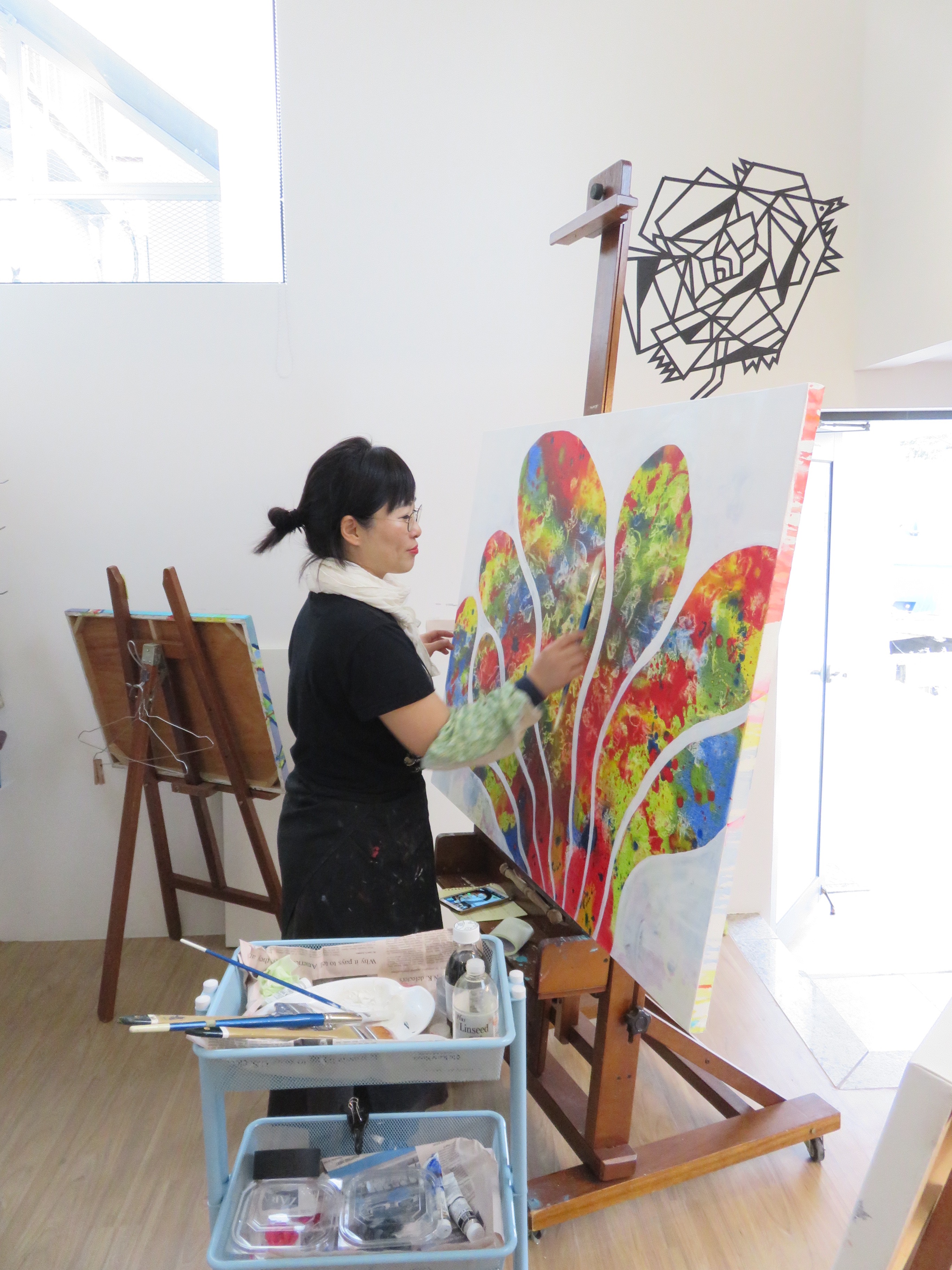 A resident artist, Kim Lyang-Kyung, working in her studio
A resident artist, Kim Lyang-Kyung, working in her studio
References: Thanks to Haps Magazine Korea, for their article providing a brief history of Gamcheon Culture Village http://busanhaps.com/history-hills-busans-gamcheon-culture-village/